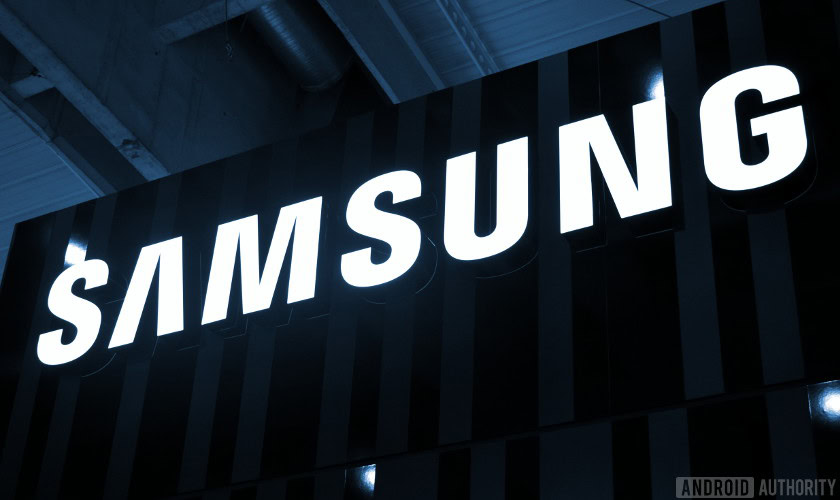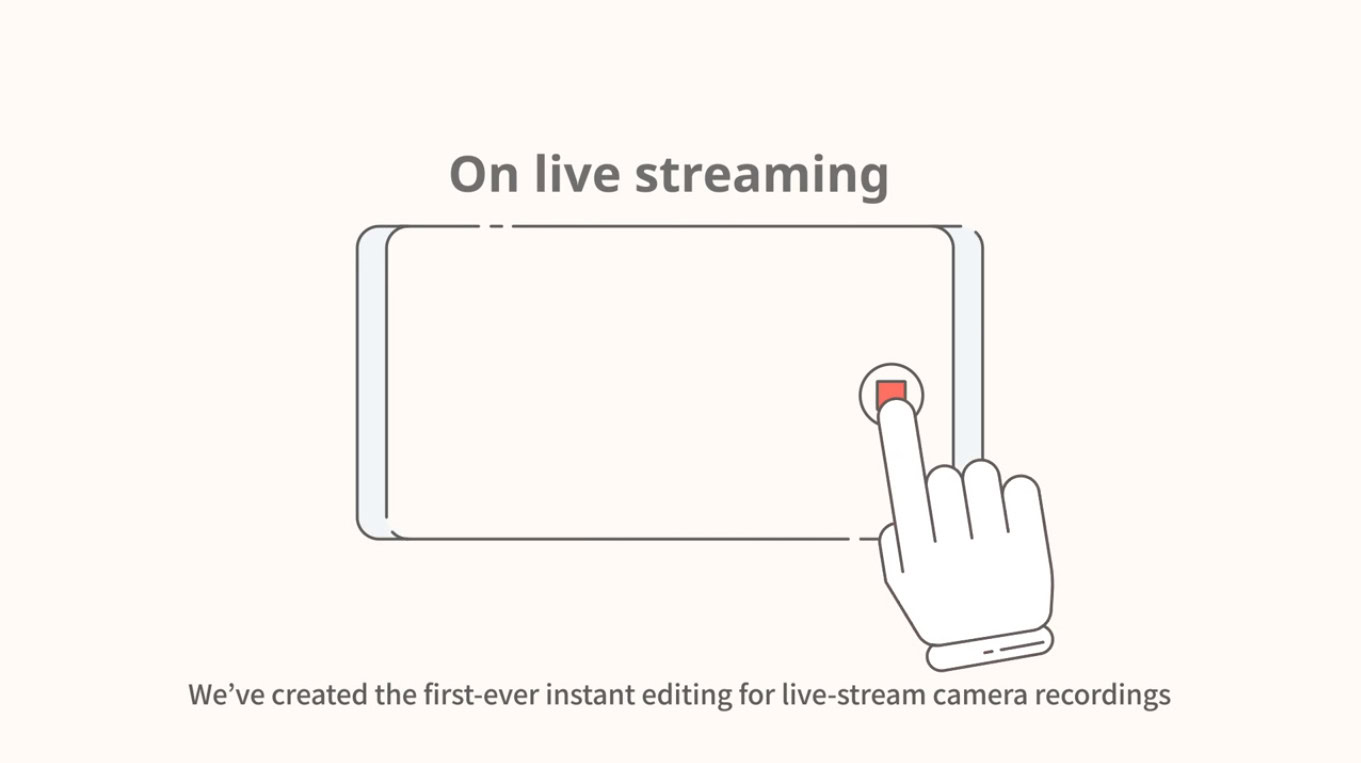Affiliate links on Android Authority may earn us a commission. Learn more.
Samsung to show off sound-producing display tech at CES 2019?

Samsung is tipped to show off a new smartphone screen technology, Sound on Display, at CES 2019 in Las Vegas. The tech would enable smartphone displays themselves to emit sound, eliminating the need for the earpiece speaker and increasing the device’s screen-to-body ratio.
The speculation arrives via etnews, which says Korean and Chinese manufacturers are set to show off similar audio emitting display products at the conference, citing industry sources. The Sound on Displays at CES may be seen on working smartphone and TV prototypes.
Sound on Display works by effectively transforming the smartphone body into a diaphragm, allowing the display itself to vibrate and produce sound when the ear is placed against it. This means the area of the phone typically occupied by the earpiece speaker could instead be taken up by the screen itself.
Presumably, this technology would be used only for the earpiece speaker, and the bottom-firing smartphone speaker would remain.

Samsung wouldn’t be the first to use this type of screen technology in the Android market. It has been seen on several handsets in recent years, including the Sharp Aquos Crystal, which was among the first Android phones to appear without a top bezel (its front camera was instead placed on the bottom bezel). We’ve also seen Xiaomi’s Mi Mix offer a piezoelectric speaker in lieu of a traditional earpiece.
Speculation suggests the upcoming Samsung Galaxy S10 will include Sound on Display to support the already impressive screen-to-body ratio it’s expected to come with. The S10 is tipped to feature Samsung’s new Infinity-O screen technology, which uses a ‘punch-hole’ cutout to house the front-facing camera(s). Such displays should have more screen real estate than those with a traditional top bezel or a notch.
The move could be good news for those eager to get their hands on truly bezel-less displays, though there are still questions about the overall sound quality this type of audio provides. Similar attempts in the past haven’t been great in this regard; it was one of the most frequent complaints about the Sharp Aquos Crystal (and the Mi Mix, in our review), though Sound on Display should be the superior tech.